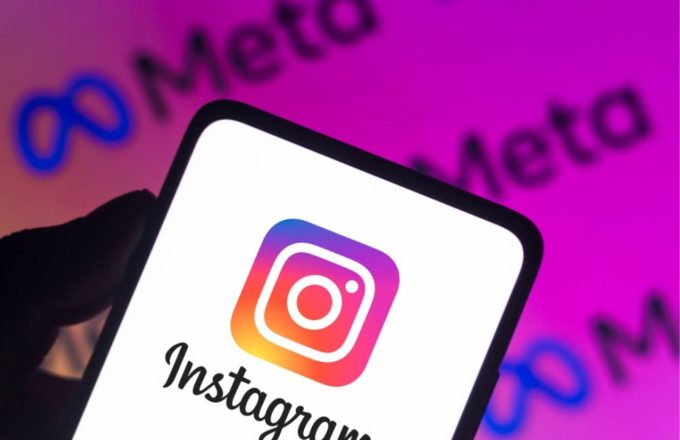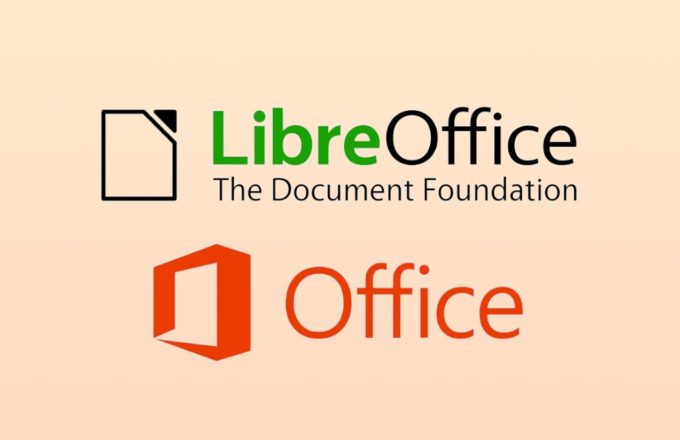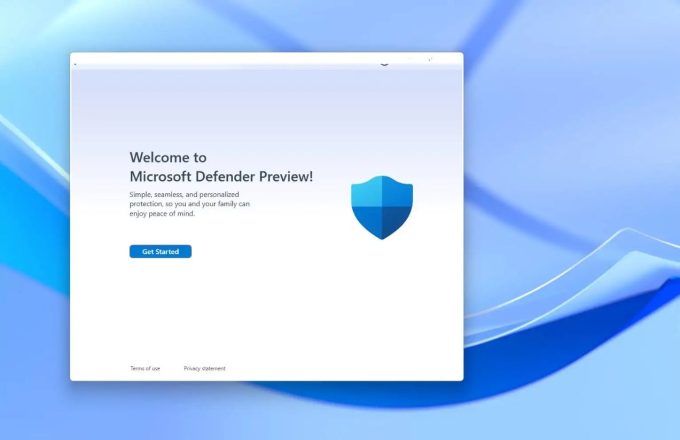YouTube has taken a firm stance against ad blockers with a new policy that denies access to content for users who use such tools—unless they disable them or subscribe to YouTube Premium.
The measure, already reported by users on forums like Reddit, presents a clear ultimatum: watch ads or pay. Those who choose neither option simply won’t be able to play videos.
This marks a strategic shift for the company. Instead of trying to bypass ad blockers, YouTube now blocks access entirely when it detects their use. The policy reflects a stronger commitment to protecting one of its main revenue streams: advertising.
Ads on YouTube—shown before, during, or after content—have long been a primary target of ad blockers, which have grown increasingly popular among users seeking an uninterrupted viewing experience. However, this trend has challenged the platform’s business model, which relies heavily on ad revenue.
With the new approach, YouTube not only reinforces its opposition to third-party extensions and software that interfere with its ads, but also promotes its paid subscription service, YouTube Premium, which removes ads and offers additional features.
It remains unclear whether this measure is being rolled out globally or in phases. What is certain is that users in various regions have already started noticing the effects, suggesting that the system is being actively implemented.
This move is part of a broader effort by YouTube in recent years to combat ad blocker usage. However, this latest step stands out for its restrictive nature, leaving no free alternative for users who wish to continue using such software.
The decision raises questions about how the user community will respond and whether it could affect YouTube’s public perception. For now, the platform is doubling down on its strategy, seeking to maintain its dominance in the competitive digital landscape, where balancing user experience and monetization has become increasingly complex.




















